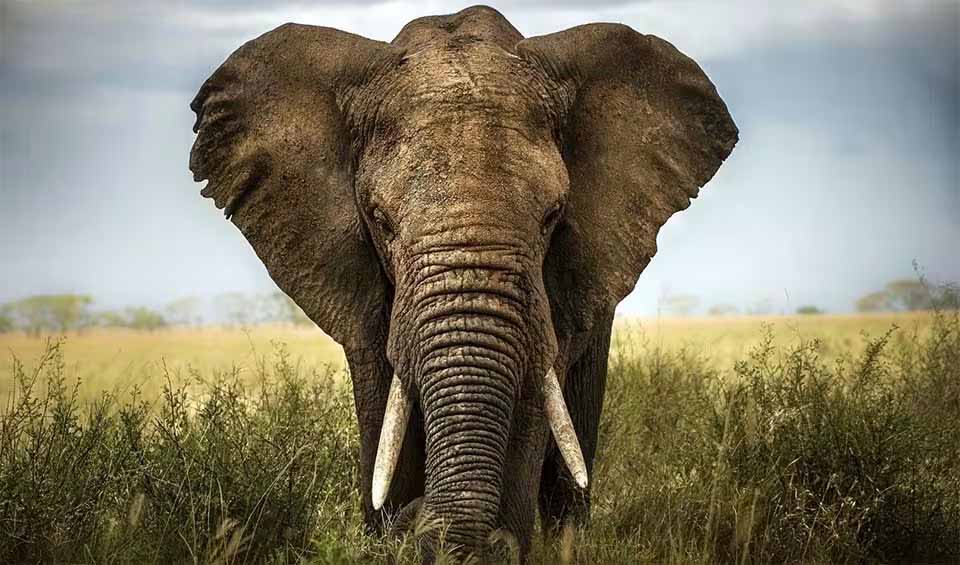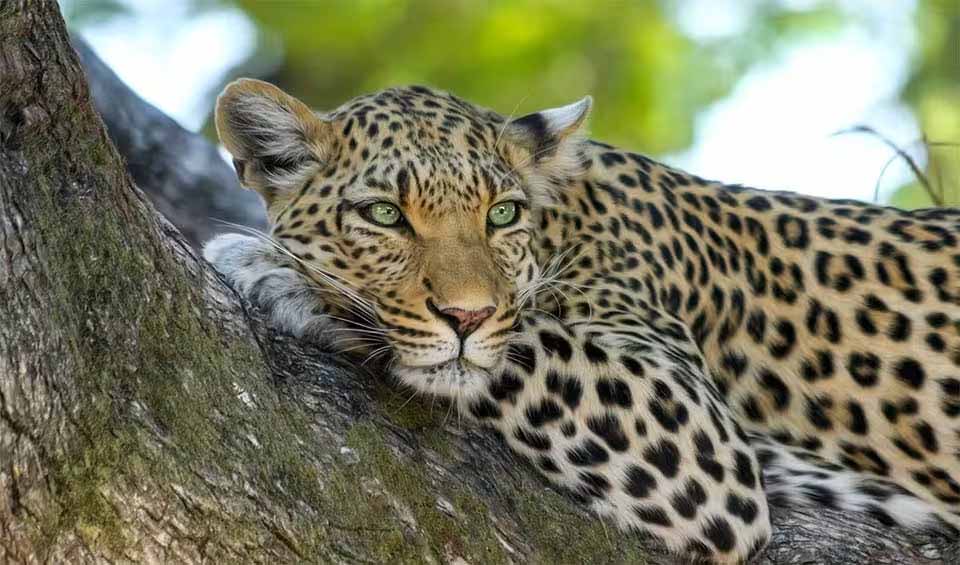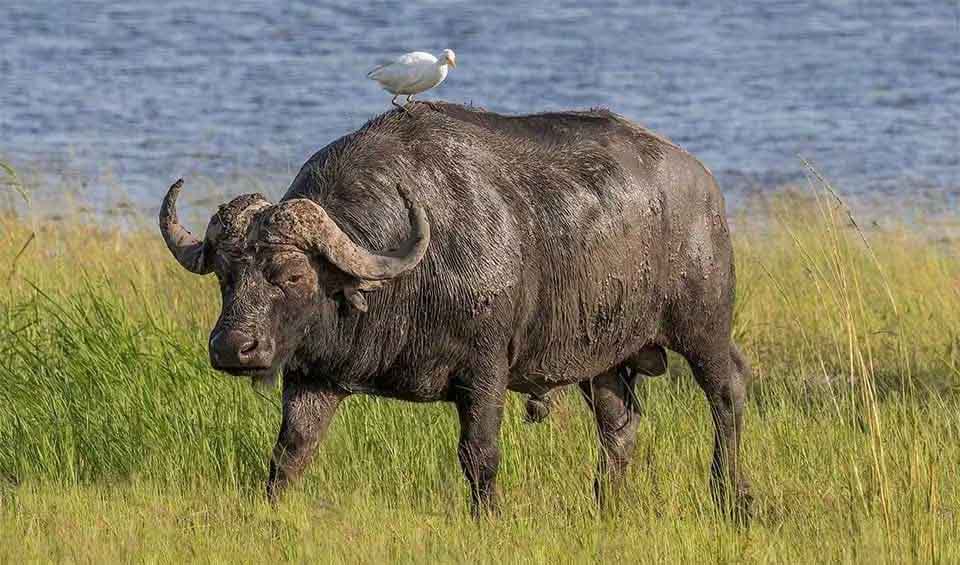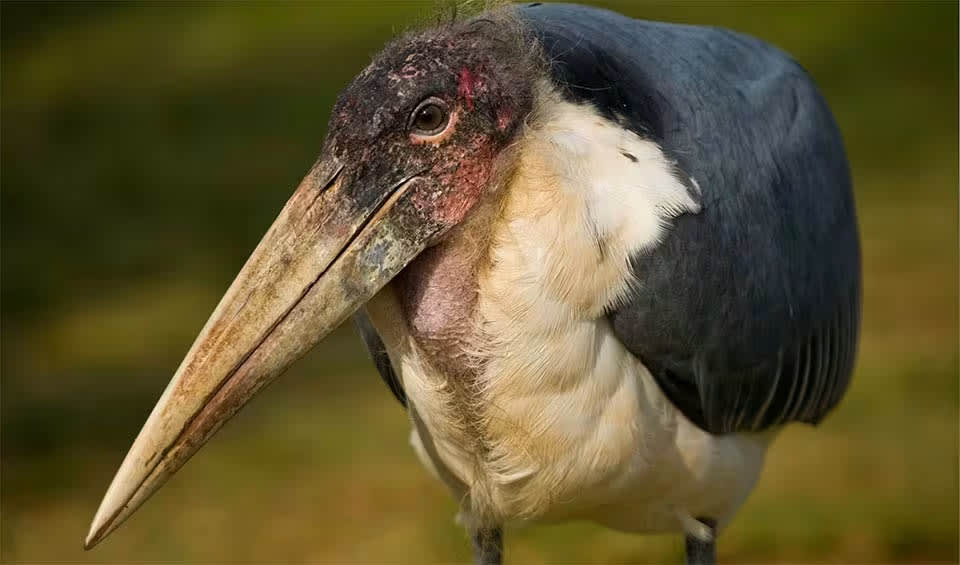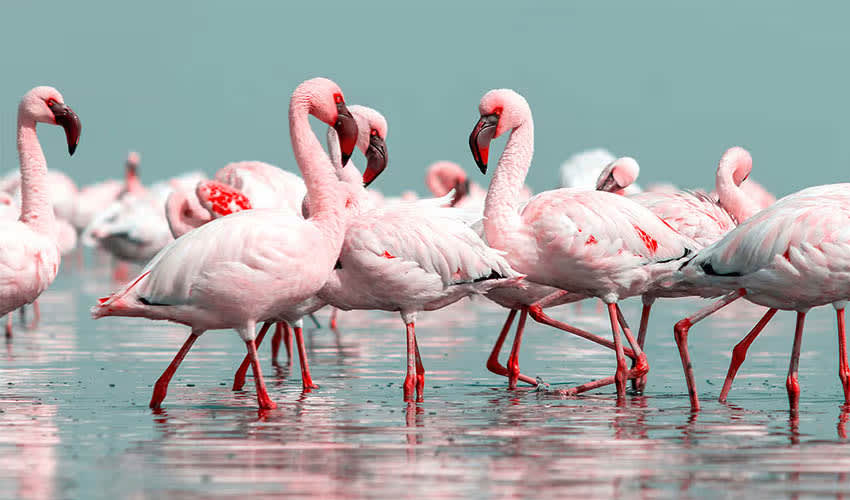Day 1: Arrival and Masai Mara National Reserve
Day 2: Exploring Masai Mara
Day 3: Ol Pejeta Conservancy
Day 4: Amboseli National Park
Day 5: Lake Nakuru National Park
Day 6: Samburu Game Reserve
My Kenya safari trip was an incredible journey that is truly one for the books.
Kenya can offer a lot when it comes to its wildlife. You’ll surely enjoy every minute of every safari or park that you’ll visit, since animals are everywhere —from the Big Five to the towering giraffe and beautiful gazelles…Mother Nature rocks!
The best time to go on safari in Kenya is from June to October, with travel in early September aligning perfectly with the wildebeest migration in the Masai Mara. This spectacle is what I’ve missed but I’ll definitely come back again to witness this spectacular event.
It was a journey filled with unforgettable moments, surrounded by beautiful nature and amazing wildlife. Every day was an adventure, bringing me closer to the wonders of the natural world. I highly recommend this experience to anyone who loves animals and beautiful landscapes—it’s truly one of a kind.
Black rhinoceros
With 3 out of 8 subspecies have been declared extinct, illegal poaching puts these hooked upper lip rhinos in danger
We’ve seen a lot of these endangered rhino in Ol Pejeta Conservancy, which is actually a sanctuary for them.
African bush elephant
Size matters! The largest of the three elephant species and the largest extant terrestrial creature on our planet
African buffalo
They are also known as the “black death” or “widowmaker,” which says a lot about them – dangerous!
Hippopotamus
1.6 ton (1.5 tonne) + 48 km/h (30 mph) = what do you think?
I also had a chance to see them bathing on Masai Mara. They’re so gigantic!!
Spotted hyena
Also known as Laughing Hyena, it gets chewed a lot for being cruddy and a good-for-nothing scavenger!
Reticulated giraffe
The most common giraffe in zoos is the second most endangered giraffe species
Well, you can definitely see them even from afar, no need for binoculars.
Common warthog
Grévy’s zebra
The largest wild species of the horses family and the most threatened zebra species
Thomsons gazelle
The black and white stripes on the golden brown face add to its beauty.
Striped hyena
The only hyena species outside of Africa that can go 15km (10 miles) for a meal
Olive baboon
The most wide-ranging of all baboons, native to 25 equatorial African countries
Common eland
Marabou stork
This Nature’s cleaners are the largest & heaviest living stork
Blue wildebeest
So named because of the silverish-blue shine of fur, which is not blue but greyish to brown
Lappet-faced vulture
The African giant vulture has a wingspan up to 2.80 m (9 ft) wide
Southern ground hornbill
What does a 29 km/h (18 mph) speed coupled with a massive wingspan bring to the table? A ‘vulnerable to extinction’ title isn’t something anybody would hope for
Greater flamingo
The iconic and elegant bird with a curved pink bill is known for turning heads


